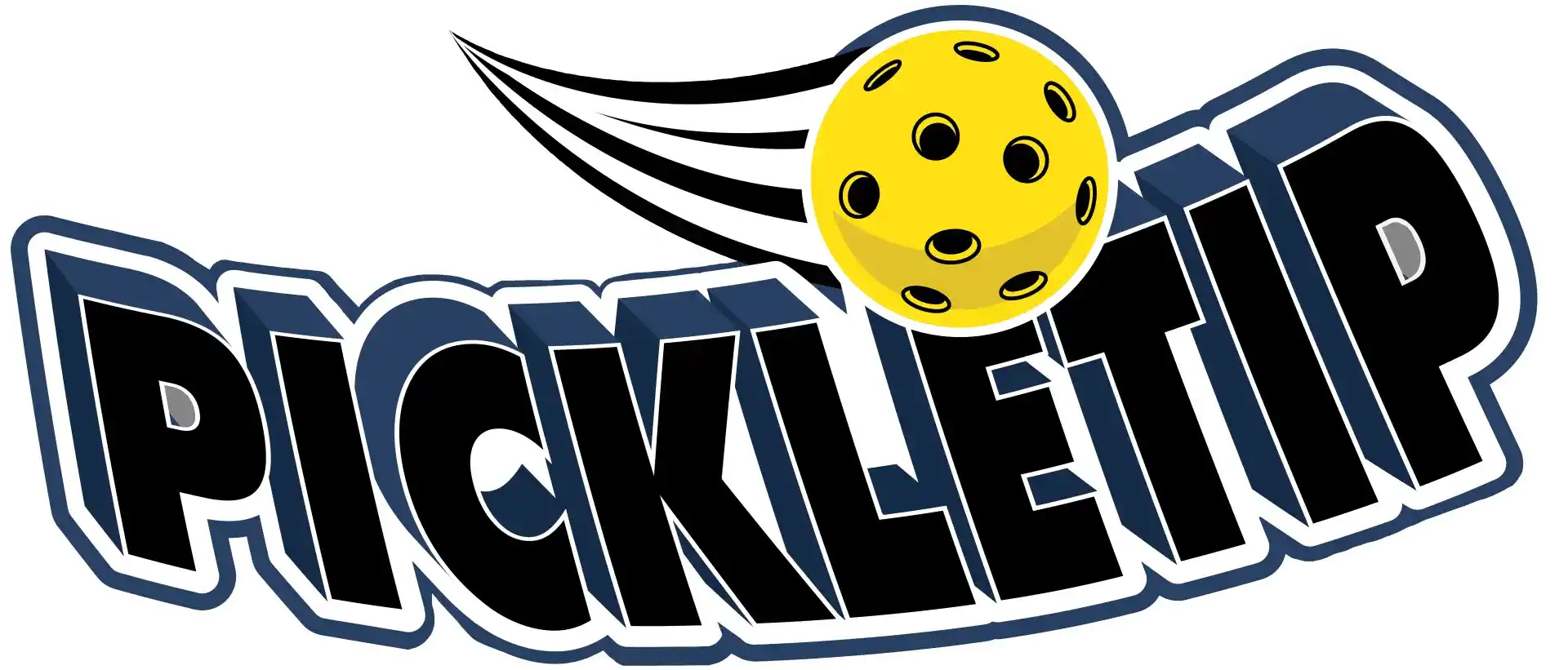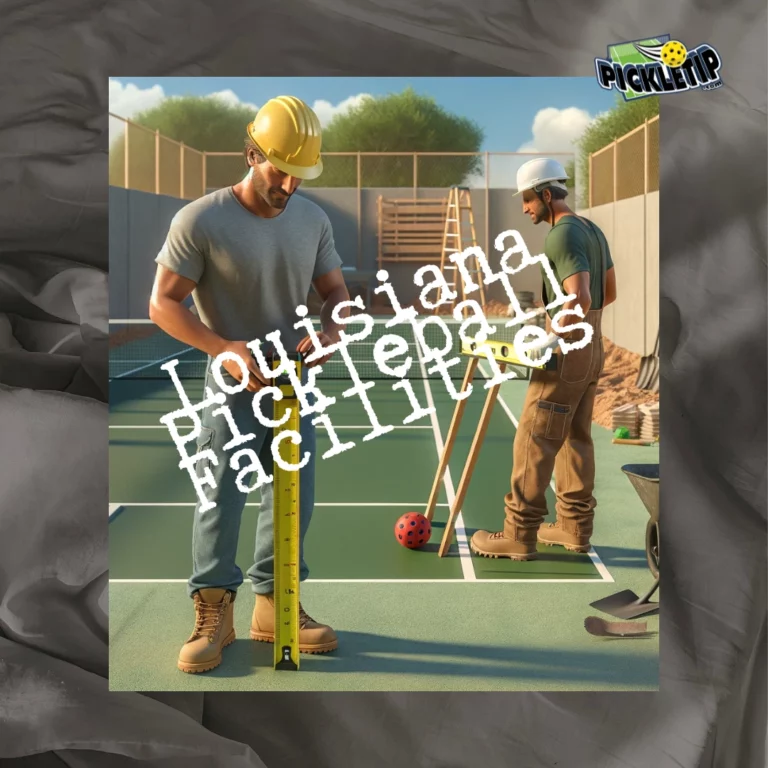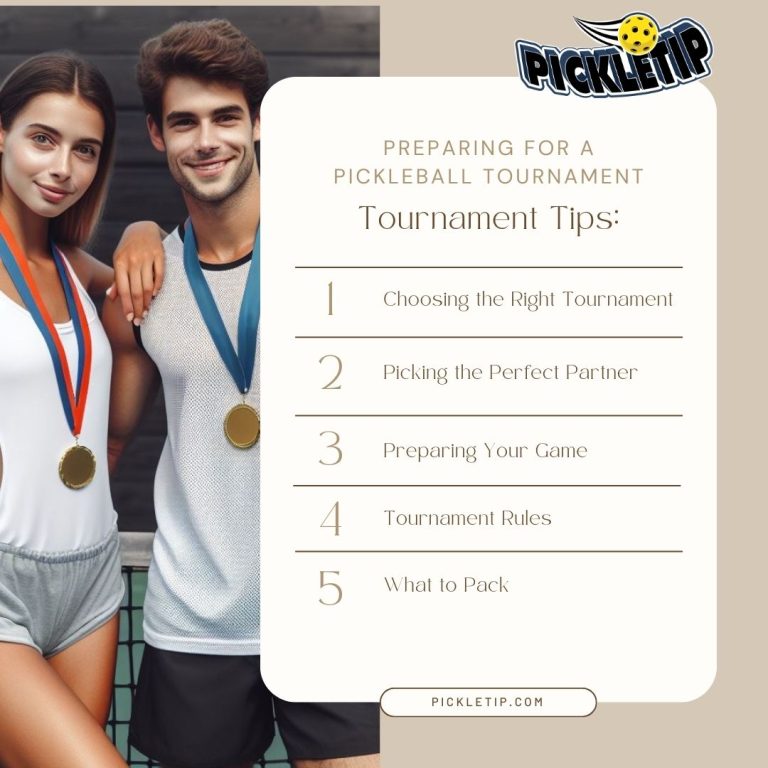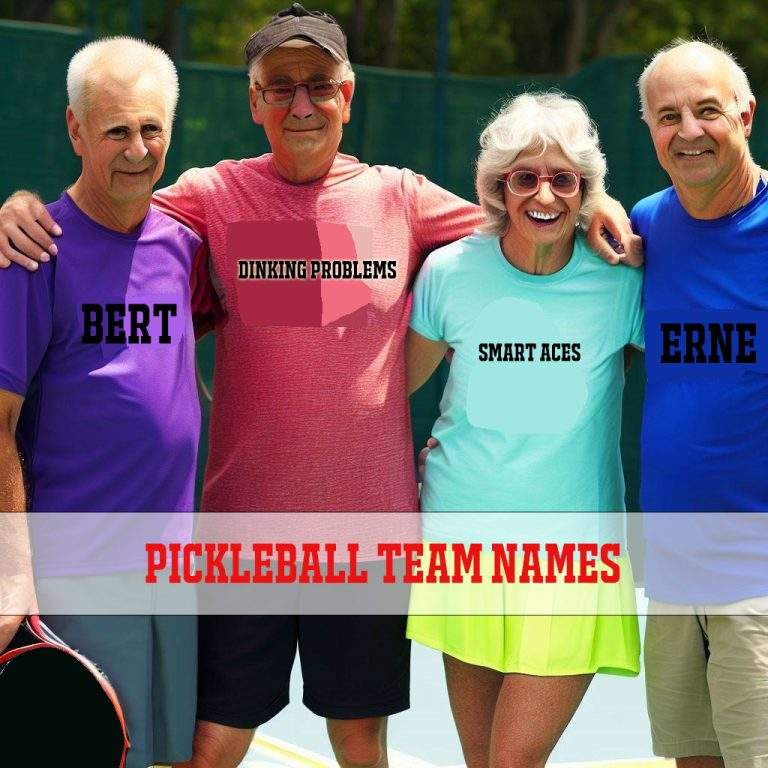Can You Afford to Play Pro Pickleball?
The dream of going pro in pickleball is undoubtedly tantalizing. The thrill of competition, the satisfaction of mastering the game, and the prospect of making a career out of something you love – it’s a vision that fuels countless players’ aspirations. But as with many dreams, the financial reality can be a harsh wake-up call.
The Flip Side of Going Pro in Pickleball
Previously, we discussed the incredible opportunity to play professional pickleball in our article, “A Great Opportunity to Play Pro Pickleball”. While the prospect of turning pro is undoubtedly exciting, it’s essential to understand the flip side of the coin. The financial and mental strains can be significant challenges for aspiring professional pickleball players.
In that earlier article, we explored the potential rewards and motivations for pursuing a professional career. However, this follow-up delves into the less glamorous aspects, emphasizing the importance of financial planning and mental resilience.
Understanding the Costs of Pro Pickleball
For someone like myself, eager to make that leap into the professional realm, the costs are daunting. With tournament fees alone totaling $11,000 a year, not to mention the additional expenses of travel, accommodation, and sustenance, the financial burden quickly balloons. Flights averaging $450 round trip, four-night hotel stays at $100 a night, due to having to play qualifying rounds, and $200 for four days’ worth of food per tournament – it all adds up. And while splitting costs with a partner might alleviate some of the financial strain, finding an available, reliable, and compatible teammate for each tournament presents its own challenges.
Financial Hurdles for Aspiring Pro Pickleball Players
It’s a harsh reality check for many aspiring athletes. The road to the top is often paved with financial hurdles, and not everyone has the means to clear them. Despite the passion and dedication driving your ambition, the sheer cost of pursuing a professional career in pickleball can feel insurmountable.
Finding the Silver Lining
But perhaps there’s a silver lining in this cloud of financial strain. While the path to becoming a pro may be blocked by financial barriers, the love for the game doesn’t have to wane. There are still avenues to compete, improve, and find fulfillment in pickleball, even if the bright lights of the professional circuit remain out of reach. Whether it’s through local tournaments, club play, or simply hitting the courts with friends, the essence of the sport – the joy of playing – remains accessible to all.
Additional Income for Pro Pickleball Players
Pro players often have side gigs like teaching pickleball, endorsements, and other jobs to survive. It’s not all about ability and connections; it also comes down to financial resources. Unless you’re among the top players in the world, you are paying to play. You truly need to love the sport and have deep pockets.
The Harsh Reality of Professional Pickleball
There is no significant money in pickleball yet. It remains a hobby outside of the very elite players. Outside of being at the top, the idea of grinding out a pro career can sound miserable to many. The commitment and financial strain can be overwhelming. Pickleball teaching pros often make more than touring pros, driven by recreational players’ enthusiasm for the sport.
The Future of Pickleball Professionals
Many fringe pros who constantly attend tournaments have other jobs, are independently wealthy, or are supported by others. Tennis players have dealt with this for decades, with many NCAA champions unable to break even. The difference is that top 20 tennis players make millions, while the top 20 pro pickleball players do not. Maybe if you’re a marketable top 3 player, you can make a substantial income. However, a lot of players over the next decade or two will be the sacrificial lambs for the future.
Breaking Down the Estimated Costs
To paint a clearer picture, let’s break down the estimated minimum costs involved in a year of pursuing pro pickleball:
- Tournament Fees: $11,000
- Travel (Flights): $450 per trip, assuming 20 trips – $9,000
- Accommodation (Hotels): $100 per night, assuming 80 nights – $8,000
- Food: $200 for four days, assuming 20 tournaments – $4,000
- Miscellaneous Expenses: Gear, stringing, coaching, car rentals, etc. – $5,000
These estimates bring the total to around $37,000 annually. This does not include potential earnings from tournaments, which often do not offset these substantial costs unless you consistently make the medal stand.
Ways to Create Supplemental Revenue
Given these high costs, many pro pickleball players create supplemental revenue through various means:
- Teaching and Coaching: Offering private lessons, clinics, and camps can provide a steady income. However, this requires significant coordination, scheduling, and time commitment. As a traveling pro, you need to promote and recruit potential students in new areas, often leveraging social media and local pickleball communities to fill your schedule. Ensuring you have a consistent stream of students can be challenging but is crucial for maintaining a steady income.
- Endorsements and Sponsorships: Partnering with brands for endorsements and sponsored content can significantly boost earnings. Building a strong personal brand and a following on social media can attract these opportunities.
- Content Creation: Running a YouTube channel, blog, or social media accounts focused on pickleball can attract monetization opportunities. Sharing tips, match analyses, and behind-the-scenes content can engage a broad audience.
- Product Sales: Selling pickleball gear, merchandise, or training programs can add another revenue stream. Collaborating with brands to create custom products can also be lucrative.
These additional sources of income can help mitigate the financial strain of pursuing a professional career in pickleball.
The Mental Strain of Surviving on the Pro Tour
The financial burden is not the only challenge. The mental strain of surviving on the pro tour is immense. Constant travel, pressure to perform, and the uncertainty of financial stability can take a toll on mental health. Pro players often face:
- Performance Anxiety: The pressure to win and secure earnings can lead to significant stress.
- Isolation: Frequent travel can lead to feelings of loneliness and isolation from family and friends.
- Burnout: The relentless schedule and financial worries can lead to physical and mental burnout.
It’s crucial for aspiring pro players to develop strong mental resilience, seek support from peers and professionals, and prioritize self-care to navigate these challenges effectively.
Despite these challenges, the passion for pickleball can still burn bright. With perseverance, dedication, and perhaps a bit of luck, the financial barriers may someday be overcome. For now, enjoy the game, keep improving keep drilling, and cherish every moment on the court.
Read more about the recent news affecting pickleball on our previous article about Joola Gen 3 paddles being decertified and our article about the best replacements for the delisted Gen 3 paddles.








One Comment